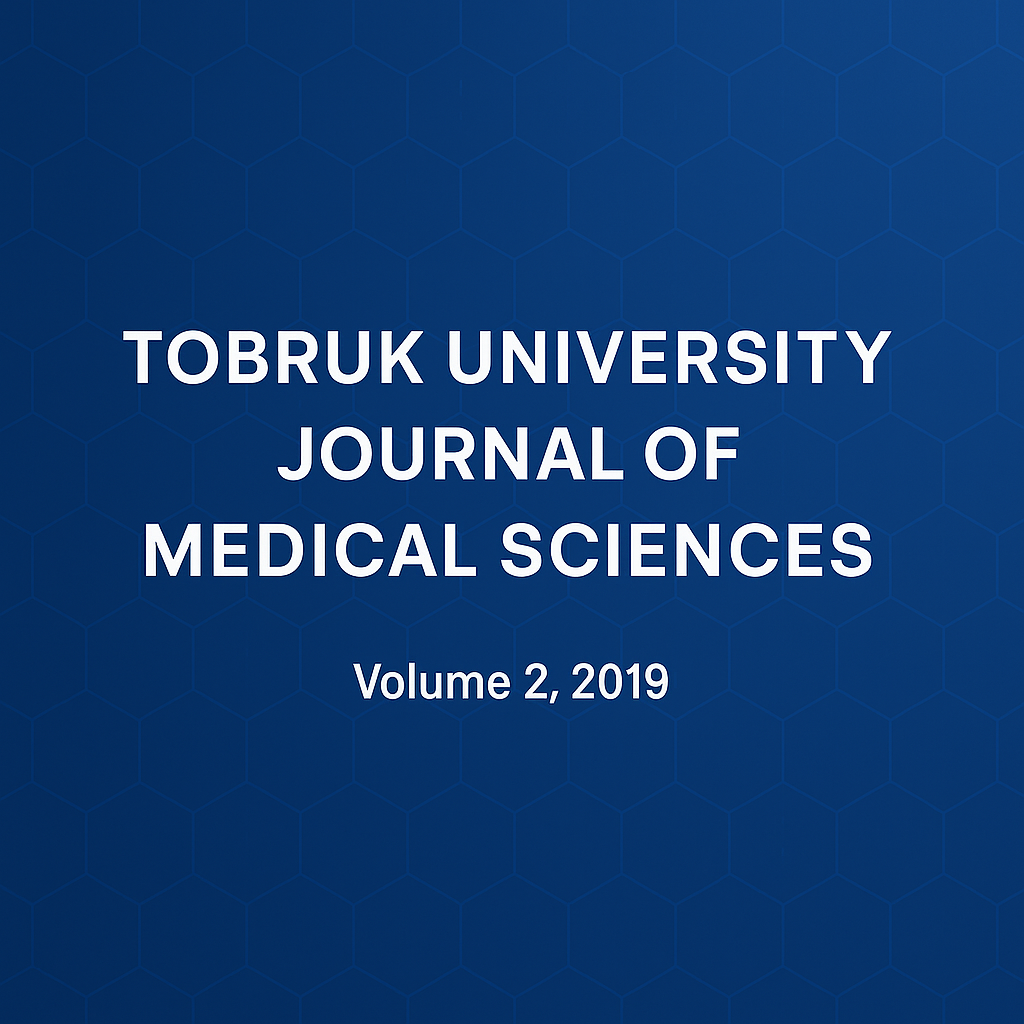"retracted "The Role of the Physiotherapy in Treatment and Preventation of Sacroilic Joint Dysfunction.
DOI:
https://doi.org/10.64516/mtjejd82Keywords:
SIJ;, dysfunction, Topruk, Preventation, Treatment, PhysiotherapyAbstract
This study is aimed to investigates sacroiliac joint (SIJ) dysfunction to understand the treatment and the prevention as it is said (prevention is better than cure).Also, it is to recognize causes that increase SIJ pain, to protect and to educate people against SIJ.In addition, it is to study symptoms and treatment of SIJ dysfunction, especially treatment by physiotherapythat involve electrotherapy, exercise therapy, heat therapy, cold therapyandetc, to reduce painimprove circulation, improve muscles power, increase rang of motion, strength muscles and ligaments around the SIJ and advice patient or normal person to improve lifestyle activity where lifestyle activity or dealyroutin consider main cause thatlead to SIJ dysfunction.For this reason,wecan use the physiotherapy to the prevention against sacroiliac joint (SIJ) dysfunction. Additionally, this study performed on only one case diagnosed with sacroiliac joint (SIJ) dysfunction who observed in Tobruk\medical Center in 2018. The study showed that sacroiliac joint dysfunction has similar signs and symptoms with low back pain that make physiotherapist and ortopedics to confuse between them in the diagnosis. The SIJ dysfunction wasdiagnosed by manual examination and radiology (X-ray, Magnetic resonance imaging and omputed tomography).But sometimes, Sacroiliac joint dysfunction diagnosed as low back pain, especially in ToprukMedical Center because there is no advanceintechnology and in devices examination like therapeutic intra- articular or periticular injection or nerve blocks. For these reasons, just one case had been found in TobrukMedical Center during the study period. This study showed the SIJ dysfunction does not related to age, but it may be affected by lifestyle activity or gender where females were more commonly affected with SIJ dysfunctin.
Retraction Note:
This article has been retracted by the Editorial Board of TUJMS. Upon internal review using plagiarism detection software, it was found that the manuscript substantially duplicates content previously published by the same authors. The retraction is issued due to redundant publication, undeclared reuse of data and text, and a breach of publication ethics.
References
1. Cohen, S. P. (2018). Sacroiliac joint pain. In Essentials of Pain Medicine (Fourth Edition) (pp. 601-6.
2. Dontigny, R. L. (1979). Dysfunction of the Sacroiliac Joint and Its Treatment. Journal of Orthopaedic & Sports Physical Therapy, 1(1), 23-35.
3. Douglas I. Allen, DO Sacroiliac joint dysfunction prevention and treatment. (n.d.) Retrieved from https://www.nypainmedicine.com/blog/sacroiliac- joint-dysfunction-part-2-prevention-and-treatment
4. Fortin, J. D. (1993). Sacroiliac Joint Dysfunction. Journal of back and .31-43 ,)3(3 musculoskeletal rehabilitation
5. Giles, L. (2009) "Sacroiliac Joint Dysfunction." 100 Challenging Spinal Pain Syndrome Cases, , 33-35.
6. Jenny Hills.(2017) Sacrum Pain (Sacroiliac Joint Pain): The Most Effective Home Treatments, from http://www.healthyandnaturalworld.com/sacrum- pain..
7. Maigne, J. Y., & Planchon, C. A. (2005). Sacroiliac joint pain after lumbar fusion. A study with anesthetic blocks. European Spine Journal, 14(7), 654- .658
8. Pellis, S. M., Field, E. F., Smith, L. K., & Pellis, V. C. (1997). Multiple differences in the play fighting of male and female rats. Implications for the causes and functions of play. Neuroscience & Biobehavioral Reviews, .105-120 ,)1(21
9. Solonen, K. A. (1957). The sacroiliac joint in the light of anatomical, roentgenological and clinical studies. Acta Orthopaedica .3-127 ,)Scandinavica, 28(sup27
10. Sturesson, B; Uden, A; Vleeming, A (2000). "A radiostereometric analysis of movements of the sacroiliac joints during the standing hip flexion test". Spine. 25 (3): 364–8.
12. sturesson, B; Selvik, G; Udén, A (1989). "Movements of the sacroiliac .5–162 :)2( 14 .joints. A roentgen stereophotogrammetric analysis". Spine
13. Steven G. Reviewed (2017) Sacroiliac joint dysfunction. Retrieved from https://www.spine-health.com/conditions/sacroiliac-joint dysfunction/sacroiliac-joint-dysfunction-si-joint-pain.
14. Vleeming, A., Schuenke, . D., Masi, A. T., Carreiro, J. E., Danneels, L., & Willard, F. H. (2012). The sacroiliac joint: an overview of its anatomy, function and potential clinical implications. Journal of anatomy, 221(6), .537-567












